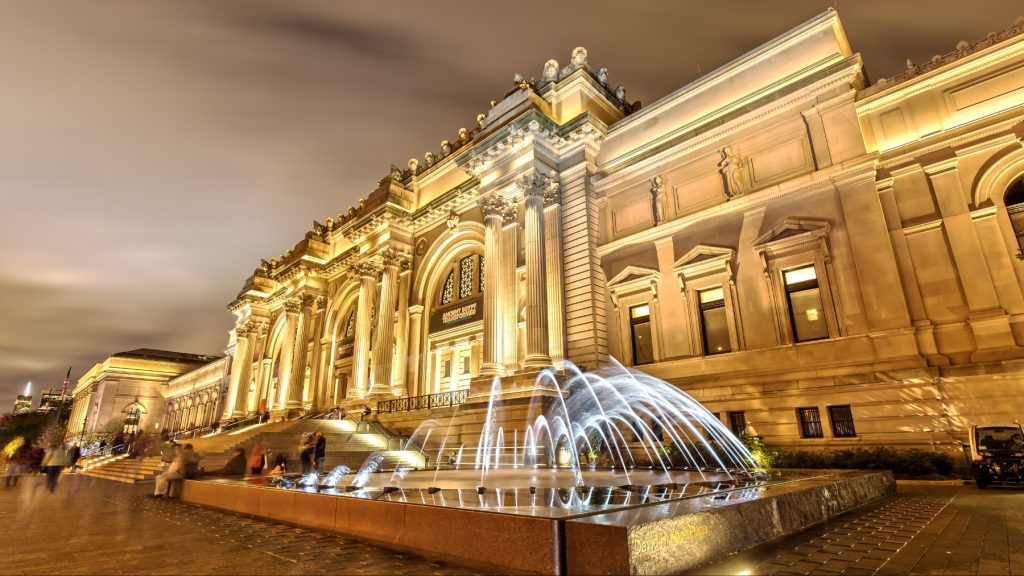
In the Metropolitan Museum of Art in New York, attendees are set to embrace the future with a splash of AI at this year’s Costume Institute exhibition, “Sleeping Beauties: Reawakening Fashion.”
The highlight of the exhibition will be a chatbot, designed using none other than OpenAI’s GPT-4 technology, embodying the persona of 1930’s New York socialite Natalie Potter. The chatbot will interact with visitors through a QR code linked webpage, providing insights into the famous socialite’s life and the era’s fashion, particularly focusing on a satin mermaid-esque wedding gown, once worn by Potter herself.
The Team Up For AI-Enhanced Exhibits
The project itself marks the Met’s first venture into integrating AI within an exhibition setting, offering a new interactive layer to the museum experience. OpenAI, known for its advanced intelligent models such as GPT-4, ChatGPT, and the image-generating Dall-E, collaborated closely with the Met to ensure the technology not only enhances visitor engagement, but also respects the historical accuracy and personal backstory associated with the exhibit items.
Mira Murati, Chief Technology Officer (CTO) at OpenAI, highlighted the potential of AI to transform traditional relationships with art and creativity.
“This collaboration is a testbed for exploring how AI can augment the experience of both creators and visitors in the arts,” Murati expressed, emphasizing the project’s role in deepening the engagement through sensory and interactive experiences.
Andrew Bolton, the chief curator of the Met’s Costume Institute, expressed his enthusiasm for the project. Bolton noted that while traditional exhibitions often present passive displays, the introduction of AI promises a dynamic interaction that breathes life into the exhibits, positioning it perfectly with this year’s theme of revitalization and reawakening.
Max Hollein, director, and chief executive of the museum, views this AI installation as a pilot project with broader implications. He sees potential for AI to make museum collections more accessible through translations, enhance research capabilities, and offer personalized visitor experiences. “AI holds the promise of not only enhancing current artistic expressions but also creating entirely new forms of art,” Hollein said, optimistic about the future integration of AI in artistic and museum contexts.
Yet, as some of you might look at this through the eyes of mere technological advancement entering the world of fashion, the collaboration also reflects broader considerations about AI’s role in society, touching on concerns about its impact on jobs, national security, and cultural sectors.
From its part, OpenAI’s innovative approaches from within Silicon Valley have stirred debates about the implications for creative fields, with AI’s ability to generate diverse content raising questions about originality and the ethics of using pre-existing works to train models.
The Metropolitan Museum of Art in New York association with this intelligent technology may serve as a model for other institutions, showing the world how AI can be leveraged not only to enrich cultural experiences but to connect the past with futuristic technology, making history more engaging and accessible to a modern audience.
Inside Telecom provides you with an extensive list of content covering all aspects of the tech industry. Keep an eye on our Intelligent Tech sections to stay informed and up-to-date with our daily articles.